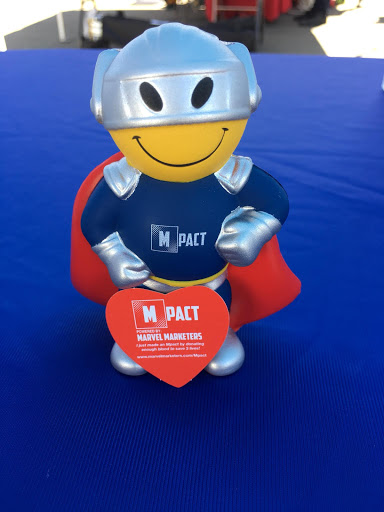When our Marketing Director, asked me “Wasif, why don’t MQLs convert?”, I replied sarcastically, “It’s because you didn’t provide me with any quality MQLs.” 🙂 (I have some making up to do after that reply.)
The truth is that there are several factors, and while Marketing and Sales leaders might be asking these questions differently and have different opinions, the one thing they both agree upon—and are measured on—is net new revenue.
For decades, we have evolved both Marketing and Sales processes. As leaders and as an industry, we have done it all—from naming all types of marketing funnels, to dissecting, mapping, staging, and flipping them to equally complex methods in Sales processes and stages (i.e. Sandler, Mack Hanan, Tony Parinello & Rain Group solution selling to name a few). Then, when you layer all of that on top of each organization’s and each and leader’s best practices and frameworks, you will get our current problem statement. Why is it so hard for MQLs to convert into a qualified opportunity?
Here are some of the factors that are critical in engaging, learning, and eventually producing a qualified lead for a solid pipeline.
1. The Definition
This is the most discussed topic in most organizations, yet it is never mapped between Sales and Marketing. I have personally seen people passionately discussing and debating over what an MQL is, yet both parties (Marketing and Sales) leave with their own understanding and qualification criteria. Do a quick analysis of what Sales will define via BANT/BAT vs. Marketing’s definition of an MQL and you will often find a gap. So spend all the time needed to ensure that there are no gaps and or cracks in your demand generation foundation.
2. The Human Factor
We tend to forget that, in the end, it’s all about the human connection. People buy from people. Ask any successful solution provider, entrepreneur, or account executive and they will tell you that their success is rooted in the quality of relationships they build. Over time, relationships build trust, and it is that trust that produces results. Treat a lead as binary numbers and they will return the favor. Ensure personalization, serve relevant content, and most of all engage with a human touch.
3. Behavior Fatigue
Today’s marketers are often trapped into metrics that are more focused on an absolute behavior like opens, clicks, and conversions, instead of understanding and reviewing engagement behavior and content consumption. The sheer need to produce MQLs will often have marketers passing leads to Sales that will cost several productivity hours, conflicts, and dissatisfaction–along with a prospect who’s not ready for a conversation but, nevertheless, is now on an SDR’s daily call list. Marketing is not a blue pill or a short-term gig. Focus on quality vs. quantity. Take the time to determine appropriate behavior and engagement before passing a lead as an MQL.
4. The Grit
Run a report in any CRM and you will find a large percentage of MQLs that were never contacted. A well-oiled marketing machine produces interests that are timely, and if they’re not aligned correctly with the expectations, processes, and team that can follow-up, they’ll end up dispositioned incorrectly in the CRM. Salespeople often expect “Sales Ready” leads, but this does not mean that the lead is ready to sign the contract. Sales must do its part and help leads engage throughout the sales process and stages, just like Marketing helps them progress through its funnel. Grit is what is required. Having the discipline to provide, gather, and share information will convert the MQL into a solid SQL, instead of a member of your Unsubscribe Program.
Converting an MQL into a qualified pipeline and then hopefully into revenue is like driving a car on a major highway. You have to be alert, abide by the rules, watch for the signs, and sometimes you must change lanes, speed up, and pass other cars to get to your destination. If you don’t follow the rules and directions, you’ll get pulled over, get a citation, or will simply get lost.




